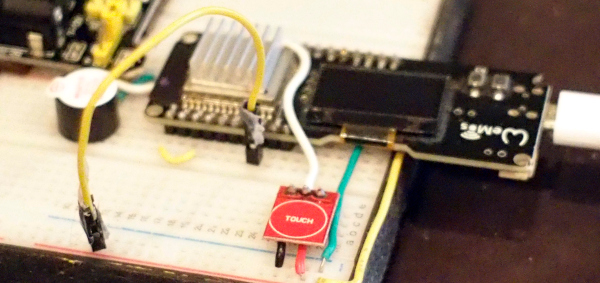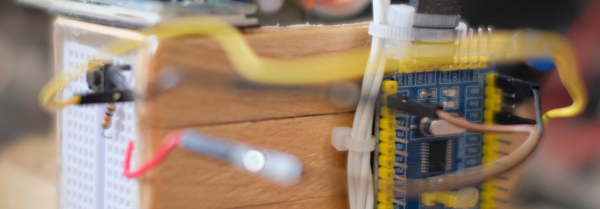[EN] I2C Bus/Wire.h
This article describes the methods of Wire.h, a class for communicating with devices over an I2C bus that uses two signal wires called SDA and SCL to transmit data between them. We have quite a number of articles about this type of communication and used as the main bus to develop devices by yourself and run through the bus, for example, articles on using esp8266 to connect to Arduino Uno or using esp8266 with stm32f030f4p6, etc.









